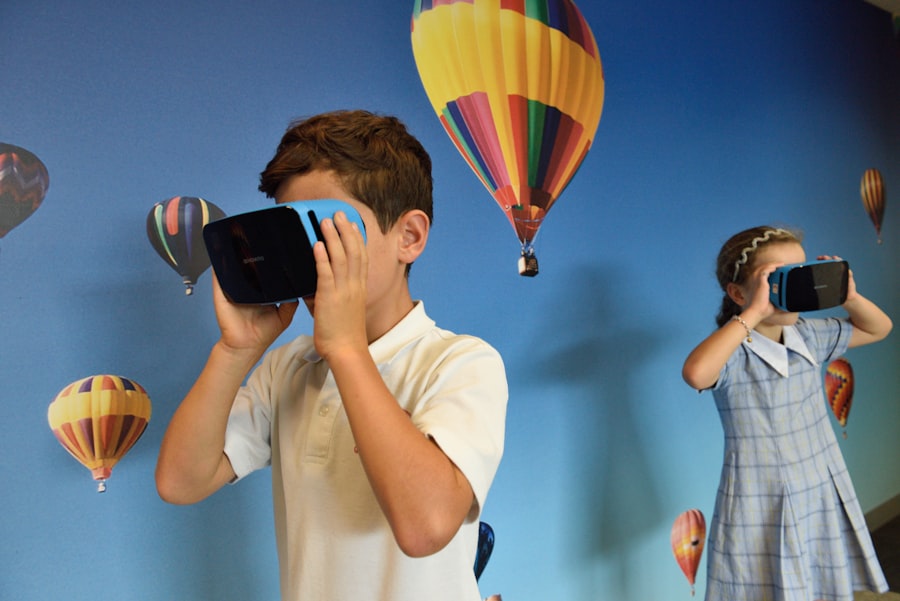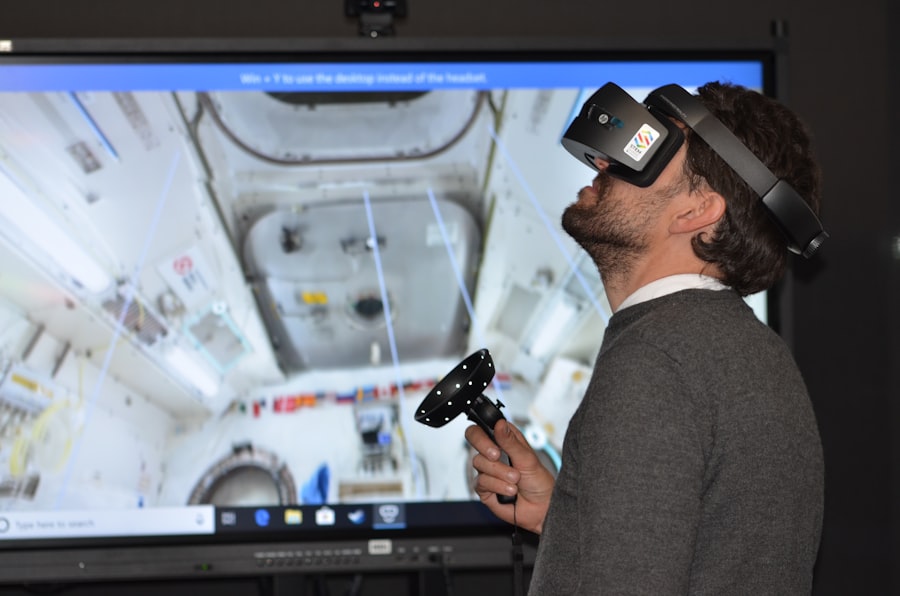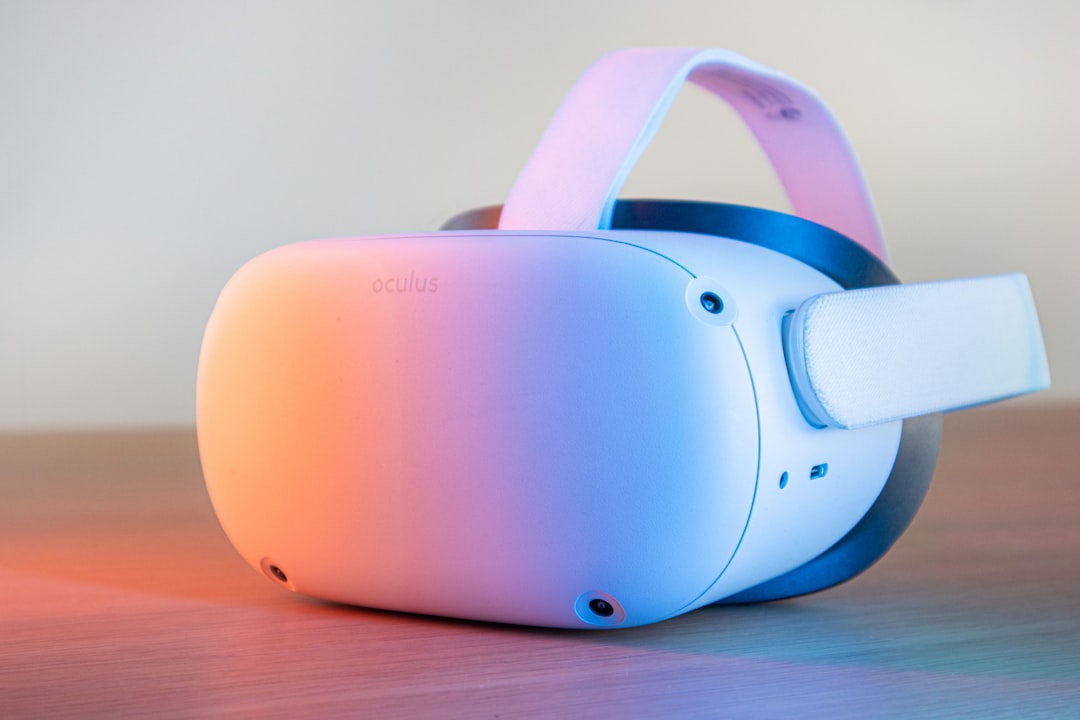The digital metaverse represents a transformative frontier in the realm of technology, where virtual and augmented realities converge to create immersive environments that transcend the limitations of the physical world. This expansive digital universe is not merely a collection of virtual spaces; it is an interconnected ecosystem that allows users to interact, socialize, and conduct business in ways previously thought impossible. The metaverse is often envisioned as a 3D internet, where users can navigate through various experiences, from gaming and entertainment to education and commerce, all while maintaining a persistent digital identity.
As the concept of the metaverse gains traction, it is essential to understand its foundational elements. At its core, the metaverse is built on advanced technologies such as virtual reality (VR), augmented reality (AR), and blockchain. These technologies work in tandem to create a seamless experience that blurs the lines between the real and the virtual.
The metaverse is not just a technological innovation; it represents a cultural shift in how we perceive social interaction, economic transactions, and even personal identity. As we delve deeper into this digital realm, we will explore its evolution, implications, and the myriad opportunities it presents for individuals and businesses alike.
Key Takeaways
- The digital metaverse is a virtual shared space created by the convergence of physical and virtual reality, enabled by advanced technology.
- Virtual reality (VR) and augmented reality (AR) have evolved to become integral components of the digital metaverse, offering immersive and interactive experiences.
- Blockchain technology plays a significant role in the metaverse by enabling secure transactions, digital asset ownership, and decentralized governance.
- The metaverse presents vast social and economic potential, including new forms of communication, collaboration, and commerce.
- Gaming is a key driver of the metaverse, blurring the lines between virtual worlds and real-life experiences, creating new opportunities for entertainment and interaction.
The Evolution of Virtual Reality and Augmented Reality
The Early Days of VR
Despite early enthusiasm, technological limitations hindered widespread adoption until recent advancements in computing power and graphics rendering made high-quality VR experiences accessible to consumers.
The Rise of Augmented Reality
On the other hand, augmented reality overlays digital information onto the real world, enhancing our perception of our surroundings. The evolution of AR gained momentum with the advent of smartphones equipped with powerful cameras and sensors. Applications like Pokémon GO demonstrated the potential of AR to engage users in interactive experiences that blend the physical and digital realms.
Integrating VR and AR into Various Sectors
As both VR and AR technologies continue to evolve, they are increasingly being integrated into various sectors, including education, healthcare, and real estate, paving the way for their crucial roles within the metaverse.
The Impact of Blockchain Technology on the Metaverse

Blockchain technology serves as a foundational pillar for the metaverse, providing a decentralized framework that enhances security, transparency, and ownership within virtual environments. By enabling users to create and trade digital assets securely, blockchain facilitates a new economy within the metaverse where virtual goods can be bought, sold, and owned just like physical assets. Non-fungible tokens (NFTs) have emerged as a significant application of blockchain in the metaverse, allowing users to own unique digital items such as art, music, and virtual real estate.
The implications of blockchain extend beyond mere ownership; they also foster trust among users in a decentralized ecosystem. Smart contracts—self-executing contracts with the terms of the agreement directly written into code—enable automated transactions without intermediaries. This not only streamlines processes but also reduces costs associated with traditional transaction methods.
As more platforms within the metaverse adopt blockchain technology, we can expect an increasingly robust economy where users have greater control over their digital assets and identities.
| Metrics | Data |
|---|---|
| Number of Metaverse Users | 10 million |
| Metaverse GDP | 50 billion |
| Virtual Real Estate Sales | 100,000 properties |
| Virtual Goods Market Size | 10 billion |
The social potential of the metaverse is vast, offering new avenues for connection and collaboration among individuals across the globe. Virtual spaces can host events ranging from concerts to conferences, allowing participants to engage in real-time regardless of geographical barriers. This democratization of access fosters inclusivity and diversity, enabling voices from different backgrounds to be heard in ways that traditional platforms may not allow.
Moreover, social interactions within the metaverse can lead to the formation of communities centered around shared interests, creating a sense of belonging that transcends physical limitations. Economically, the metaverse presents unprecedented opportunities for businesses and entrepreneurs. Companies can establish virtual storefronts, offering products and services in immersive environments that enhance customer engagement.
The rise of remote work has also found a new dimension within the metaverse, where virtual offices can facilitate collaboration among distributed teams. Additionally, brands are increasingly leveraging influencer marketing within these digital spaces to reach younger audiences who are more inclined to engage with content in immersive formats. As businesses adapt to this new landscape, they will need to rethink their strategies to harness the full potential of the metaverse.
The Intersection of Gaming and the Metaverse
Gaming has long been at the forefront of virtual experiences, making it a natural intersection with the metaverse. Many existing metaverse platforms have their roots in gaming environments where players can interact with one another in expansive worlds. Titles like Fortnite and Roblox have pioneered this concept by allowing players not only to engage in gameplay but also to socialize, create content, and participate in events within their virtual ecosystems.
These platforms have demonstrated that gaming can serve as a gateway into broader metaverse experiences. Moreover, the integration of gaming mechanics into non-gaming applications within the metaverse is becoming increasingly prevalent. Gamification elements—such as rewards systems and interactive challenges—are being utilized in educational platforms and corporate training programs to enhance user engagement.
This blending of gaming with other sectors highlights how deeply intertwined these experiences are becoming as we move toward a more immersive digital future. As developers continue to innovate at this intersection, we can expect an explosion of creative possibilities that redefine entertainment and interaction.
Challenges and Opportunities in Creating a Seamless Metaverse Experience

While the vision for a seamless metaverse is enticing, several challenges must be addressed to realize this potential fully. One significant hurdle is ensuring interoperability among various platforms. Currently, many virtual environments operate in silos, limiting users’ ability to transfer assets or identities across different spaces.
Establishing common standards and protocols will be crucial for creating a cohesive experience where users can navigate freely between different metaverse applications without losing their digital identities or assets. Another challenge lies in addressing issues related to user safety and privacy. As individuals engage more deeply within these digital realms, concerns about data security and harassment become paramount.
Developers must implement robust measures to protect users from malicious activities while fostering an inclusive environment that encourages positive interactions. Balancing user freedom with necessary regulations will be essential for cultivating trust within these spaces. Despite these challenges, numerous opportunities exist for innovation within the metaverse.
As technology continues to advance, new tools for content creation will empower users to shape their environments actively. This democratization of content creation can lead to an explosion of creativity as individuals contribute their unique perspectives to shared spaces. Additionally, businesses that embrace this new frontier early on stand to gain a competitive advantage by establishing themselves as leaders in this evolving landscape.
Ethical and Legal Considerations in the Digital Metaverse
As we venture further into the digital metaverse, ethical and legal considerations become increasingly complex. Issues surrounding intellectual property rights are particularly pertinent as users create and share content within these virtual spaces. Determining ownership of digital creations—especially when they are built upon existing works—poses significant challenges for creators and platforms alike.
Establishing clear guidelines for intellectual property rights will be essential for fostering creativity while protecting creators’ interests. Furthermore, questions surrounding user consent and data privacy must be addressed as individuals navigate these interconnected environments. The collection and use of personal data raise concerns about surveillance and exploitation within the metaverse.
Developers must prioritize transparency regarding data practices while empowering users with control over their information. Striking a balance between personalization and privacy will be critical for building trust among users who may be wary of how their data is utilized.
The Future of the Metaverse: Possibilities and Predictions
Looking ahead, the future of the metaverse holds immense possibilities that could reshape our daily lives in profound ways. As technology continues to evolve—particularly in areas such as artificial intelligence (AI) and 5G connectivity—the potential for richer and more immersive experiences will expand exponentially. We may witness advancements such as hyper-realistic avatars powered by AI that can mimic human behavior or environments that adapt dynamically based on user interactions.
Moreover, as societal norms shift toward greater acceptance of virtual interactions, we may see an increasing number of industries integrating metaverse elements into their operations. Education could transform through immersive learning experiences that engage students in ways traditional classrooms cannot replicate.
As we continue exploring this digital frontier together—navigating its complexities while embracing its opportunities—we stand at the precipice of a new era defined by connection, creativity, and innovation unlike anything we’ve experienced before.
If you are interested in exploring the social dynamics within the digital metaverse, you may want to check out the article “Community and Culture in the Metaverse: Social Dynamics in the Metaverse”. This article delves into how online communities interact and form within the virtual world. Additionally, for those curious about the role of artificial intelligence in shaping the metaverse, the article “Artificial Intelligence (AI) in the Metaverse” provides insights into how AI technologies are influencing the development of this digital realm. For further reading on online communities and resources related to the metaverse, you can also explore the article “Resources and Further Reading: Online Communities”.
FAQs
What is the digital metaverse?
The digital metaverse is a collective virtual shared space, created by the convergence of virtually enhanced physical reality and physically persistent virtual reality. It is a fully immersive digital environment where users can interact with a computer-generated environment and other users.
How does the digital metaverse work?
The digital metaverse works by using advanced technologies such as virtual reality, augmented reality, and 3D graphics to create a fully immersive and interactive virtual environment. Users can access the metaverse through various devices such as VR headsets, smartphones, and computers.
What are the potential applications of the digital metaverse?
The digital metaverse has a wide range of potential applications, including virtual meetings and events, virtual shopping experiences, virtual tourism, virtual education and training, virtual gaming, and much more. It has the potential to revolutionize how we interact with digital content and each other.
What are some examples of digital metaverse platforms?
Some examples of digital metaverse platforms include virtual reality social platforms like VRChat and AltspaceVR, virtual reality gaming platforms like Rec Room and Roblox, and virtual reality shopping experiences like Decentraland and The Sandbox.
What are the challenges and concerns associated with the digital metaverse?
Some of the challenges and concerns associated with the digital metaverse include issues related to privacy and data security, potential addiction and over-reliance on virtual experiences, and the potential for creating further social and economic divides between those who have access to the technology and those who do not.

Leave a Reply